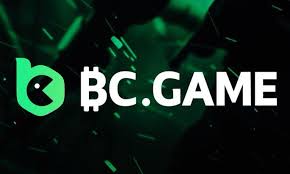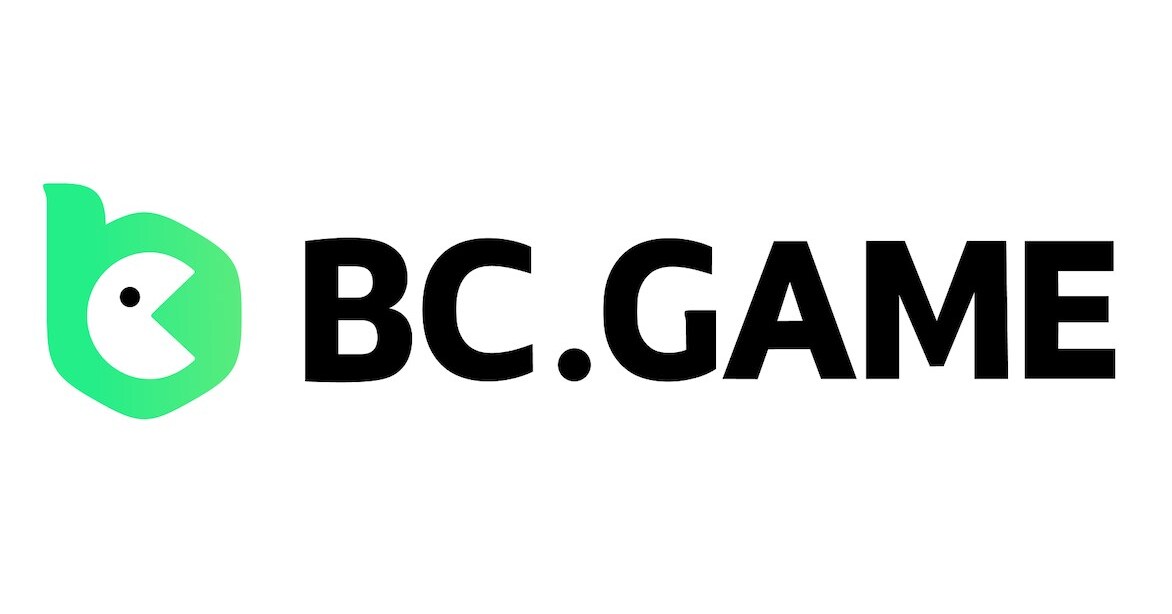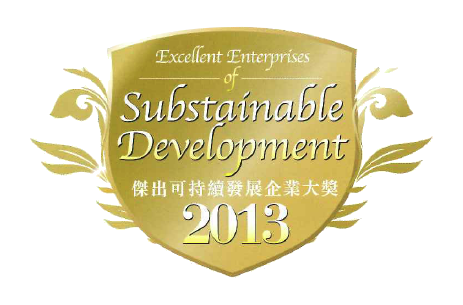The Evolution of Technology Stake in Modern Digital Landscapes

The Evolution of Technology Stake in Modern Digital Landscapes
In today’s fast-paced digital environment, the concept of technology stake
has emerged as a crucial consideration for businesses, organizations, and individuals alike. This article aims to explore the various dimensions of technology stake, examining its importance, challenges, and potential future developments in the context of the rapidly evolving technological landscape.
Understanding Technology Stake
The term “technology stake” refers to the degree of interest, investment, and involvement stakeholders have in technological innovations and implementations. This comprises a variety of participants, including businesses, developers, investors, end-users, and regulatory bodies. Each of these stakeholders holds a vested interest in how technology is deployed, developed, and integrated into daily operations, products, and services.
The Importance of Technology Stake

Understanding technology stake is critical for several reasons. First, it allows organizations to navigate the complexities of technological change, ensuring they remain competitive in their respective industries. In a time where digital transformation is not just an option but a necessity, recognizing who holds a stake in technology helps in formulating strategies that align with overall business goals.
Furthermore, by appreciating the diversity of perspectives within technology stake, companies can enhance their product development processes. Engaging with stakeholders means that organizations can gather insights that lead to innovations that reflect the needs and desires of the market. For instance, software development teams that involve end-users in the design process tend to create more user-friendly applications.
The Stakeholders in Technology
Key stakeholders in technology can broadly be categorized into several groups:
- Businesses: Corporations invest significantly in technology to optimize their operations, improve customer experiences, and gain a competitive advantage.
- Developers: Software and hardware developers are at the forefront of technology innovation. Their insights are crucial for the creation of effective and efficient tech products.
- Investors: Venture capitalists and investors seek opportunities in promising tech companies, driving the growth of innovation through financial support.
- End-users: The consumers and users of technology ultimately determine the success or failure of tech initiatives through their adoption and feedback.
- Regulatory Bodies: Government and regulatory agencies influence technology deployment through laws and regulations, aiming to ensure that technological advancement also prioritizes safety, privacy, and ethical standards.
Challenges in Managing Technology Stake
Despite its importance, managing technology stake comes with numerous challenges. A major issue is the differing objectives of stakeholders. For instance, while businesses may prioritize profitability and efficiency, end-users might focus on usability and customer service. Balancing these sometimes conflicting interests can be difficult, requiring strong negotiation and mediation skills.

Additionally, the rapid pace of technological advancement creates a moving target for stakeholders. Keeping up with new developments and ensuring that all parties are informed and on board with changes is a logistical challenge. There is also the risk of stakeholder disengagement if individuals or groups feel their voices are not being heard or valued in the process.
The Future of Technology Stake
Looking forward, the concept of technology stake is likely to evolve alongside advancements in technology itself. As we witness the rise of artificial intelligence, machine learning, and the Internet of Things (IoT), the nature of stakeholder engagement will also change. More collaborative frameworks and tools will emerge, enabling real-time feedback and adaptability in technology development.
Furthermore, the growing emphasis on ethical technology and sustainability will shape the future landscape of technology stake. Stakeholders will be increasingly concerned not just with profitability but also with the moral implications of technology deployment. Engaging with these aspects will require a broader understanding and collaboration among all parties involved.
Conclusion
In summary, the concept of technology stake is an invaluable framework for understanding the complex interplay between different stakeholders in the tech ecosystem. Recognizing the diverse interests and motivations of these parties enables organizations to navigate the challenges of technological change more effectively. As technology continues to advance at an unprecedented pace, the importance of actively managing these stakes will only increase. Embracing this evolution means that businesses not only survive but thrive in the digital age, fostering innovation that resonates with the needs of society as a whole.












